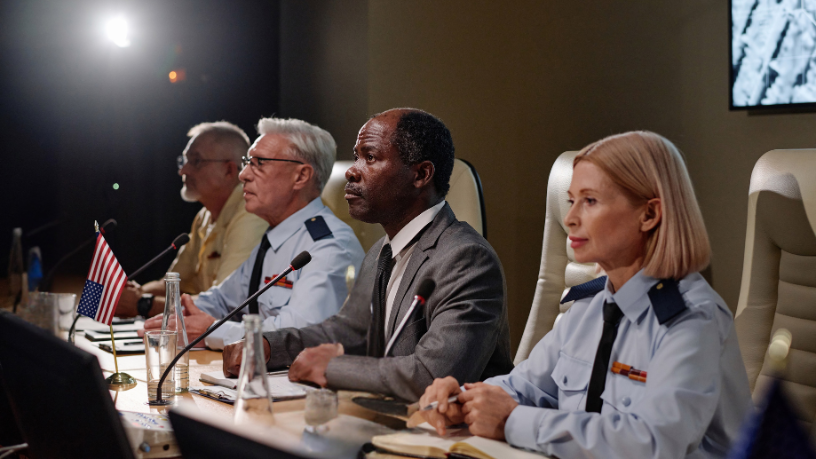The Iran Nuclear Damage Assessment has become a focal point in international discussions about nuclear proliferation and regional stability. Recent evaluations shed light on the extent of damage inflicted on Iran’s nuclear infrastructure, which has significant implications for global security and diplomatic strategies. This detailed assessment examines the repercussions of targeted strikes and cyber operations aimed at curtailing Iran’s nuclear capabilities, sparking debate among policymakers and security experts worldwide.
Central to the Iran Nuclear Damage Assessment is the analysis of physical and operational impairments to Iran’s nuclear sites. Experts highlight the severity of the damage to key facilities, noting the setbacks in uranium enrichment processes and overall nuclear development timelines. These disruptions not only delay Iran’s nuclear ambitions but also complicate the geopolitical landscape in the Middle East, increasing tensions between regional powers and international actors. The assessment underscores how targeted actions can effectively slow down nuclear progress without escalating into full-scale conflict.
Another critical component of the Iran Nuclear Damage Assessment is the evaluation of Iran’s retaliatory capabilities, particularly in the cyber domain. Specialists warn that Tehran has bolstered its cyber warfare tools, capable of launching sophisticated attacks that could disrupt critical infrastructure abroad. This dual nature of offense and defense in cyber operations introduces new challenges for global security frameworks. The assessment discusses the delicate balance Iran seeks to maintain—projecting power through cyber means while avoiding actions that could provoke a devastating counterresponse from adversaries.
The Iran Nuclear Damage Assessment also addresses the broader strategic consequences of the damage sustained by Iran’s nuclear program. It influences ongoing diplomatic negotiations, affecting both Iran’s stance and the international community’s approach to sanctions and dialogue. As the damage assessment unfolds, countries involved in non-proliferation efforts reassess their policies, weighing the benefits of continued pressure against the risks of destabilizing the region further. The assessment thus plays a pivotal role in shaping future international relations and nuclear non-proliferation strategies.
Significantly, the Iran Nuclear Damage Assessment reveals the challenges in verifying the true extent of nuclear damage. Intelligence limitations and Iran’s own countermeasures complicate efforts to obtain a comprehensive picture. This uncertainty influences how governments formulate responses and anticipate Tehran’s next moves. The assessment highlights the importance of robust intelligence collaboration and technological advancements to monitor nuclear developments accurately and respond effectively to potential threats.
Moreover, the Iran Nuclear Damage Assessment delves into the humanitarian and environmental risks posed by nuclear site damages. Potential radioactive leaks and contamination remain concerns, with long-term effects on local populations and ecosystems. The assessment calls for increased attention to safety protocols and international cooperation to mitigate such risks, emphasizing that nuclear security is not only a matter of geopolitical interest but also global human welfare.
The economic implications related to the Iran Nuclear Damage Assessment cannot be overlooked. Damage to nuclear facilities may impact Iran’s broader economy, particularly its scientific and energy sectors. In response, Tehran might seek alternative avenues to sustain its ambitions, potentially intensifying covert activities or accelerating regional alliances. The assessment thus acts as a barometer for predicting shifts in Iran’s internal policies and external engagements, influencing economic and security forecasts in the Middle East.
In conclusion, the Iran Nuclear Damage Assessment provides a comprehensive understanding of the current state of Iran’s nuclear program and its repercussions on international peace and security. As nations grapple with this critical evaluation, the need for measured, strategic responses becomes clear. The assessment serves as a crucial guide for policymakers, security agencies, and diplomatic entities working to prevent nuclear escalation and promote stability in a volatile region. Continuous monitoring and adaptive strategies remain essential components in addressing the complex challenges outlined in the Iran Nuclear Damage Assessment.
Author: Vania Quimmer





